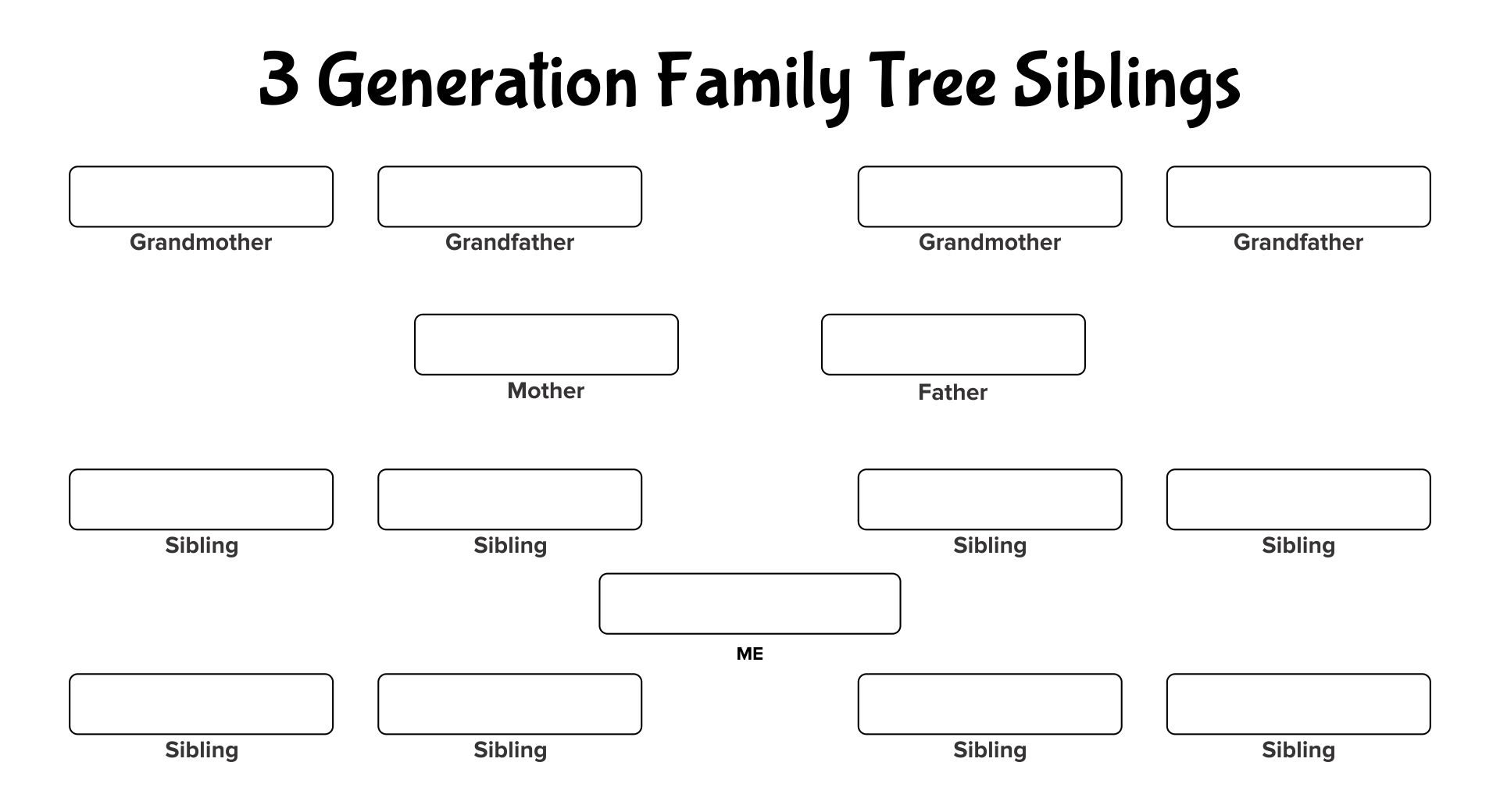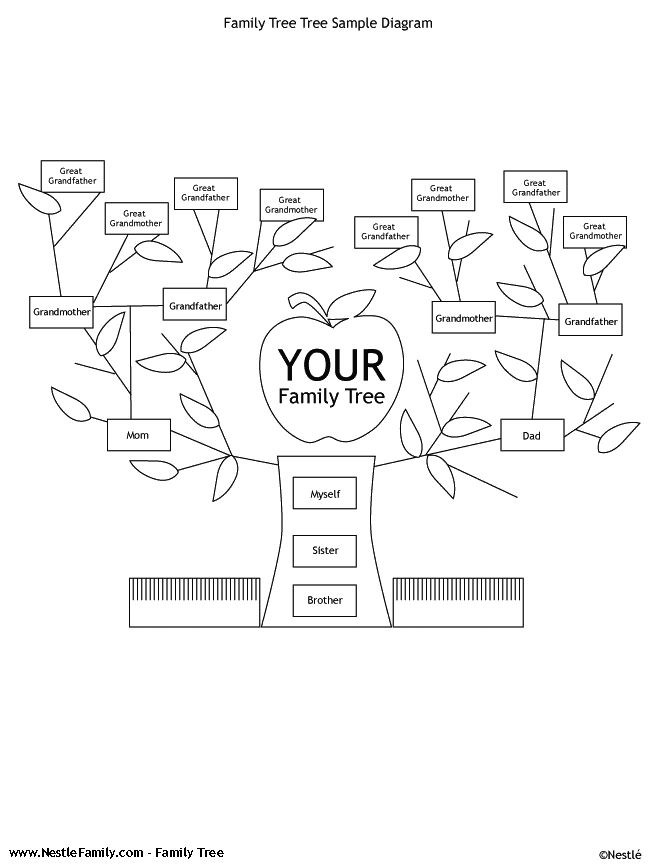
For example, Germanic languages are "Germanic" in that they share vocabulary and grammatical features that are not believed to have been present in the Proto-Indo-European language. Membership in a branch or group within a language family is established by shared innovations that is, common features of those languages that are not found in the common ancestor of the entire family.

Genealogically related languages present shared retentions that is, features of the proto-language (or reflexes of such features) that cannot be explained by chance or borrowing ( convergence). Individuals belonging to other speech communities may also adopt languages from a different language family through the language shift process.

The divergence of a proto-language into daughter languages typically occurs through geographical separation, with the original speech community gradually evolving into distinct linguistic units. Speakers of a language family belong to a common speech community. Sister languages are said to descend "genetically" from a common ancestor. Membership of languages in a language family is established by research in comparative linguistics. Finally, there are some languages that are insufficiently studied to be classified, and probably some which are not even known to exist outside their respective speech communities. There are also many dead languages, or languages which have no native speakers living, and extinct languages, which have no native speakers and no descendant languages. A living language is defined as one that is the first language of at least one person. Īccording to Ethnologue there are 7,139 living human languages distributed in 142 different language families. Linguists therefore describe the daughter languages within a language family as being genetically related.

The term "family" reflects the tree model of language origination in historical linguistics, which makes use of a metaphor comparing languages to people in a biological family tree, or in a subsequent modification, to species in a phylogenetic tree of evolutionary taxonomy. branches are excluded.įor greater detail, see Distribution of languages on Earth.Ī language family is a group of languages related through descent from a common ancestral language or parental language, called the proto-language of that family.

This map includes only primary families i.e. Search all family tree templates for: If you don't see a family tree template design or category that you want, please take a moment to let us know what you are looking for.Contemporary distribution (2005 map) of the world's major language families (in some cases geographic groups of families). Report this ad Search All Family Tree Templates Family Trees for Non-Traditional Familiesįamily History and Genealogy Research Forms


 0 kommentar(er)
0 kommentar(er)
